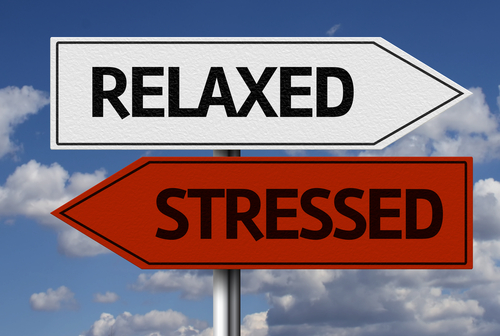What massage therapy can do for stress
What is stress?
There are two completely separate structures of nerves within the human nervous system:
- The somatic system (which controls your major muscles consciously), and
- The autonomic system (which is all the unconscious stuff).
The autonomic system is further divided into two more totally separate structures of nerves:
- The sympathetic (‘fight, flight or freeze’) nervous system (SNS), and
- The parasympathetic (‘rest, digest & reproduce’) nervous system (PNS).

Both the SNS and the PNS operate simultaneously, on a kind of “sliding scale” — while both are always active, one is simply more active than the other.
Thus at any given time, we either feel more stressed (SNS response) or more relaxed (PNS response).
What can massage therapy do for stress?
Relaxation massage aims to stimulate parasympathetic activity, bringing you more of a sense of calm by reducing your heart and breathing rates and stimulating specific nerve endings (proprioceptors and mechanoreceptors) in your muscles and skin that signal your brain to relax.
Your proprioceptors stimulate your brain, and it becomes more body-aware. You your are drawn inexorably back into the present moment as your mind focuses on the sensations of massage in the here & now. The increase in sensory input makes you forget about everything else.
In a similar way to how you can’t close your ears and you always hear things, you can’t close your skin, so if someone is massaging you it’s not possible to ignore it. This means we can distract your mind away from all the hubbub of thought that comes with being stressed out.
Usually about 20 or 30 minutes into a massage I notice people begin to physically relax. Seems to me it takes about that long for the distraction to really take hold, and maintain. After that people sink into the relaxation state more and more, so that after a full hour we get a nice PNS response.
Magic! How exactly do you make that happen?
I use moderately firm, broad-handed, gliding and sweeping movements such as in Swedish relaxation technique, with kneading, compression broadening and some gentle holding stretches to release long-term muscle tension.
Alongside diaphragmatic breathing techniques and use of therapeutic language, I apply a combination of ancient knowledge and modern research to help you to feel more relaxed and present.
You’ll be feeling better in no time.


